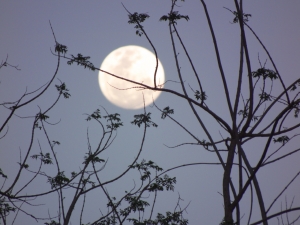
If you’re heading to the beach this summer, you’ll want to know about the tides so that you can explore the beach at low tide and enjoy the ocean at high tide.
What is the tide and why does it happen? The tide occurs when the water in the ocean moves in and out from the seashore. The gravitational pull of the moon and the sun moves the water in and out around the earth. It’s amazing to think that something so far away has an impact on the water on the earth. Tidal influences and the pull of the moon and sun make an excellent summertime research project – between splashing in the oncoming waves! In any 25 hour period, a particular point on earth will experience 2 high tides and 2 low tides.
Find a tide chart for your area. Children who are learning the 12 or 24 clock can read the tide charts and determine when low tide and high tide occur that day. Then you can plan your day around their discoveries. You can also see if there are any significantly high or low tides when you plan to be at the beach and plan to do a large beach walk on a very low tide.
Walk along the beach at low tide and try to map the high and low tide lines. As the water rolls in and out, it moves rocks and sticks along with it. You will notice that the rocks bunch together in similar-sized piles along the shore. An area of larger rocks and drier sand often marks the high tide line. At the top of the beach, there will be a place where logs and large objects congregate: this could be the highest point that the tide reaches in storm season.
Go on a treasure hunt along the high tide line to look for objects that have washed up. You might even find a message in a bottle: I have! Sea glass is a waste product that has turned into a beautiful object. Originally from broken bottles, the glass is worn by the tides and the rocks and turns into a smooth piece of white, green, or brown glass. Create sea glass ornaments by taking a piece of soft wire and wrapping it around the glass then wrapping it around a necklace.
Unfortunately, the high tide line is also a place where garbage accumulates. Bring along gloves and a plastic bag to clean up garbage such as plastic bags.
This is a good opportunity to join a shoreline cleanup or educate children about the dangers of plastics to sea creatures. Sea animals eat the plastics and they bunch up inside them. With your children, think about alternatives to using disposable plastics and brainstorm ways and places that you can recycle and reuse plastics in your home.

